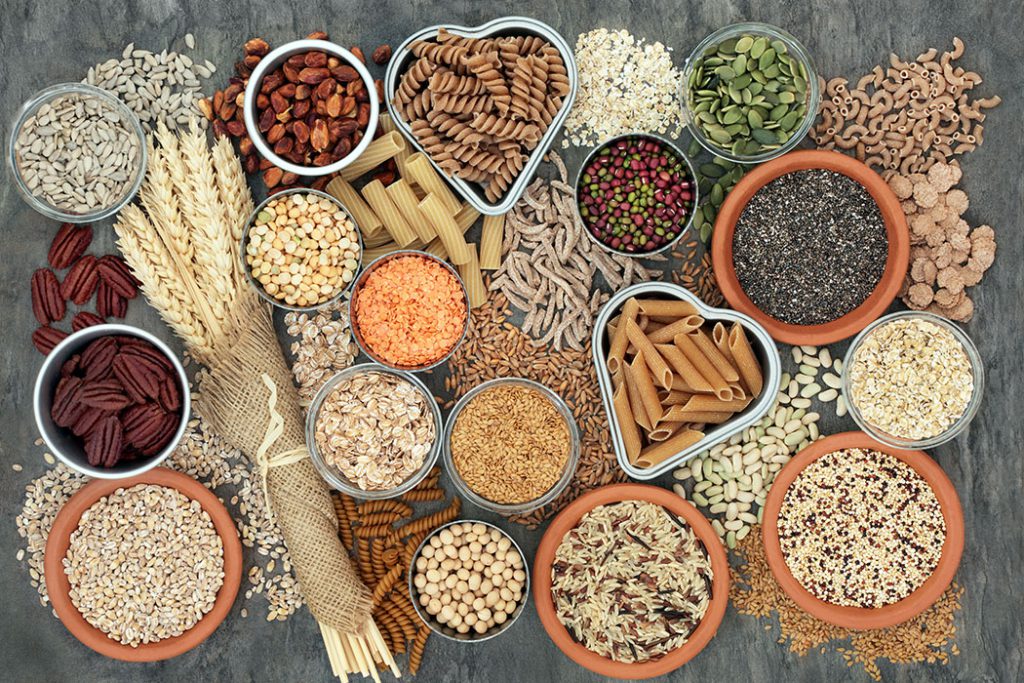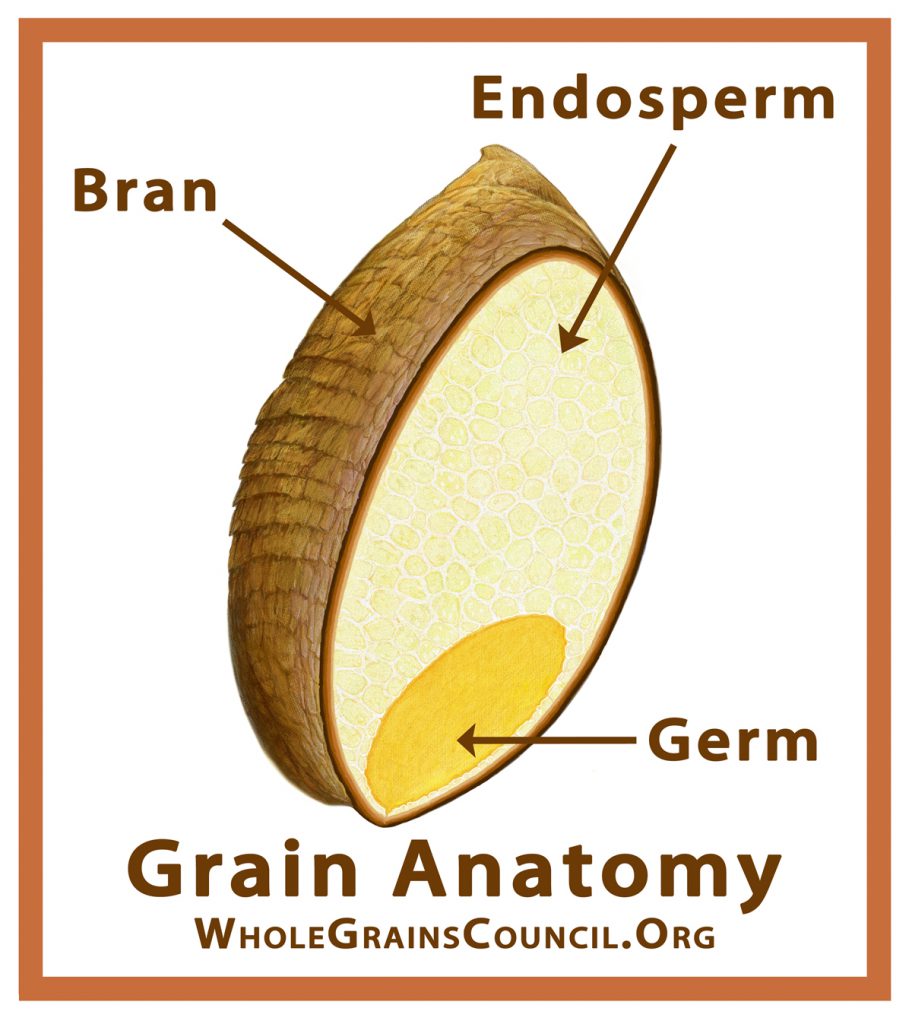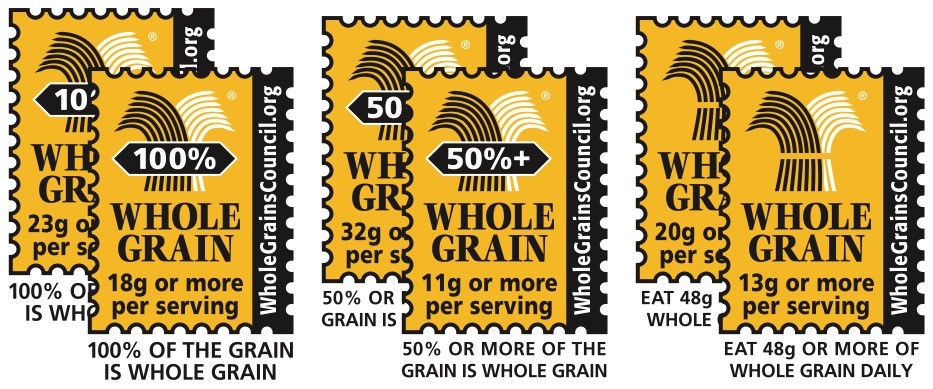Eating grains on a budget: tips and tricks

Eating whole grains can improve your health and does not have to break the bank! Check out our eating grains on a budget: tips and tricks.
Whole grains can be tasty, nutritious, AND affordable. Just like many foods, some grains come in and out of fashion. Whole grains such as faro, quinoa, and freekeh are currently considered trendy and can have a high price tag.
Staple whole grains such as whole wheat, oats and brown rice are just as tasty and nutritious but can have a lower price tag. Maximize the health benefits and great taste found within whole grains without also maximizing your budget.
Consuming whole grains daily has been linked to a reduced risk of heart disease, type 2 diabetes, and certain cancers. Whole grain health benefits also include lower cholesterol and blood pressure, improved digestive health, and can help with weight management. By shopping for budget-friendly whole grains, you can make sure that you do not miss out on consuming the recommended 3-servings of whole grains per day, even while on a budget.
Eating grains on a budget tip #1: look for the whole grain option
Refined grains strip most of the nutritional value from the grain, while whole-grain food offers the nutritional value and health benefits that come from the germ and bran found in whole grain.
Many brands sell whole grain foods at the same price as the refined version. This means that you can get the benefits of eating whole grains at no extra price.
What is a whole grain?
A whole grain is a grain that still contains all three parts: the bran, the germ and the endosperm.
What Does this mean?
So next time you are at the supermarket, look for the whole grain options from your favourite foods such as whole grain cereals, whole grain pasta and whole grains for baking at home!
Eating grains on a budget tip #2: keep it simple
Flashy costs more; when walking past the trendy grains, you will notice that they have a high price tag. To eat healthy and nutritious whole grains, the higher price does not necessarily mean healthier. Whole grains that are needed for the base of a healthy diet, might already be in your pantry.
Barley is a whole grain that is budget friendly, and you may already have it in stock. Rice is used in many dishes, and by swapping traditional white rice for barley, you are ensuring you are getting more servings of whole grains.
Whole wheat can be used as a substitute for many recipes that contain all-purpose flour. This substitute can be used as a budget friendly way to add another serving of whole grains to your daily diet.
Oats are an extremely healthy choice for breakfast and can cost less than many other breakfast choices such as cereal. They are a staple in many pantries and are a sure way to start your day off right with a full serving of whole grains. Check out our delicious recipe for Overnight Oats for a whole-grain breakfast option.
Eating grains on a budget tip #3: learn label literacy
It is recommended that an individual eats 48 grams of whole grains per day, which means eating about 16 grams of whole grains per meal. Therefore, you should look for whole-grain labels, to ensure you are meeting the 48-gram suggestion. Whole grain labels may come in different versions such as 100%, 50%+, and Basic.
- The 100% label means all-grain ingredients are whole grains and that there is a minimum of 16 grams of whole grains per labelled serving, which is a full serving of whole grains.
- The 50%+ label means that half of the grain ingredients are whole grain. There is a minimum of 8 grams of whole grains per labelled serving, a half a serving of whole grains.
- The Basic label means that the product contains at least 8 grams of whole grains but may contain more refined grains than whole grains.

Knowing that you should be consuming 48 grams of whole grains per day (3 servings) you can use the whole grain labels to evaluate the number of whole grains in a product you are purchasing. A 100% stamped product may not cost more than any of the other whole grain labelled products. Therefore, you can evaluate the best product for getting the most whole grains at the most budget-friendly cost.
Use these three tips next time you are at the supermarket to get the most out of your grain purchases at budget-friendly prices. Eating grains on a budget can be easy and can help you and your family consume more whole grains.



